20 Screen Time Solutions That Actually Work
Here are some screen time solutions to help create a healthier balance between digital engagements and real-life connections.
- Sophia Zapanta
- 4 min read
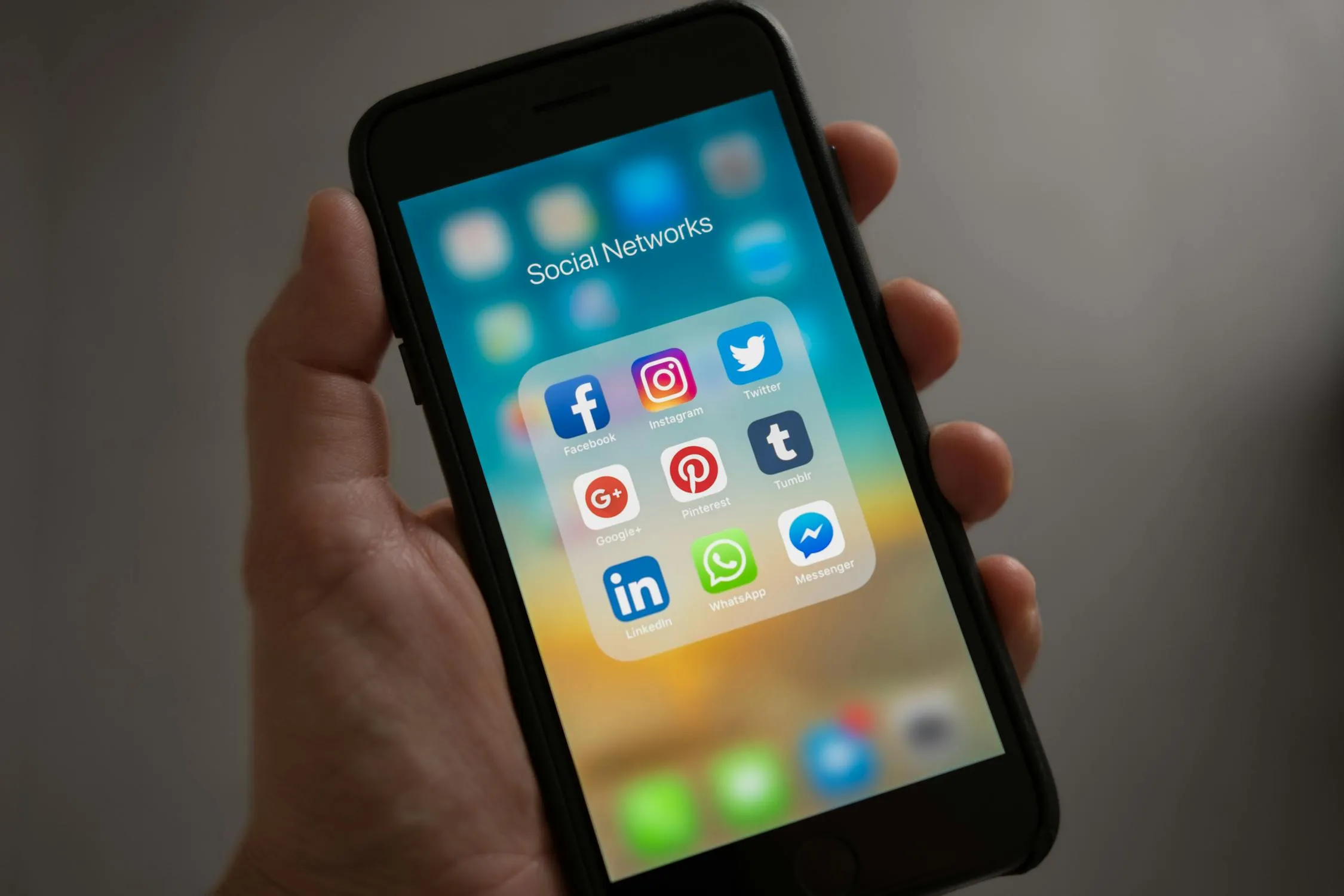
Excessive screen time has become a concern for many families, but it’s possible to manage it effectively with the right strategies. These 20 solutions provide practical ideas for reducing screen time without sacrificing the benefits of technology. Whether you’re looking to improve focus, reduce distractions, or create more family time, these tips will help you find a balance that works for everyone.
1. Set Daily Time Limit
 Marius Mann on Pexels
Marius Mann on Pexels
Place an appropriate screen time every day to manage their usage. Utilize trackers available in applications to help monitor and inform you if you’ve reached your limit.
2. Plan No-Screen Hours
 Bich Tran on Pexels
Bich Tran on Pexels
Make it a point to practice daily activities without screens, like dinner or before bedtime. This is very helpful for relaxation and even sleeping.
3. Use Parental Control Apps
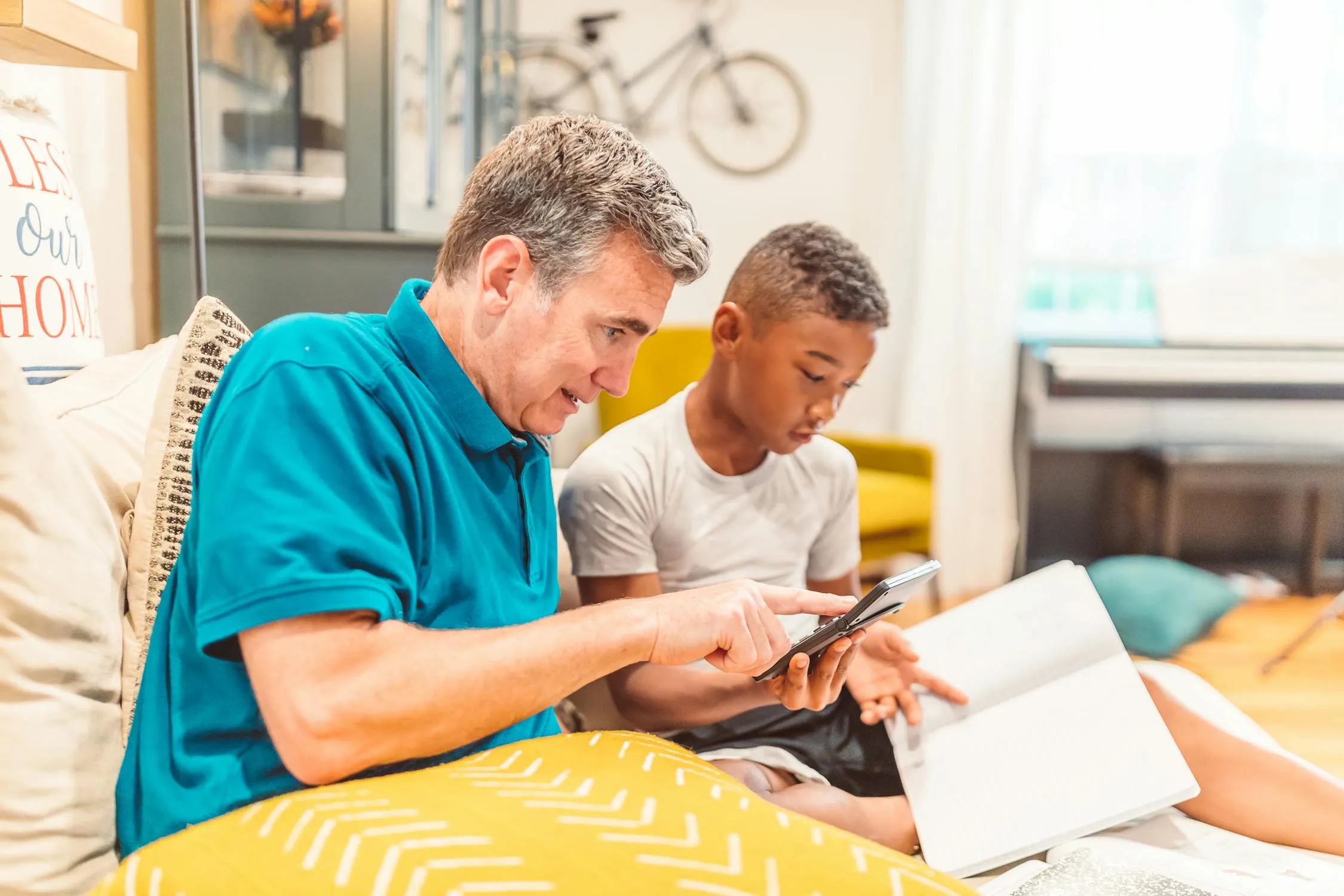 RDNE Stock project on Pexels
RDNE Stock project on Pexels
With applications such as Family Link and Apple Screen Time, parents or guardians can assign screen limits for children and monitor them safely.
4. Use Family Screen Time Agreements
 Nicola Barts on Pexels
Nicola Barts on Pexels
Screen time should be part of family agreements if there are kids in the family. Set boundaries and limits regarding screen time use, and promote engaging in family bonding activities that do not involve technology.
5. Prioritize Purposeful Screen Use
 Anastasia Shuraeva on Pexels
Anastasia Shuraeva on Pexels
Screens should be used for studying, working, or interacting with others rather than for purposeless scrolling. This makes screen time more meaningful.
6. Practice the 20-20-20 Rule
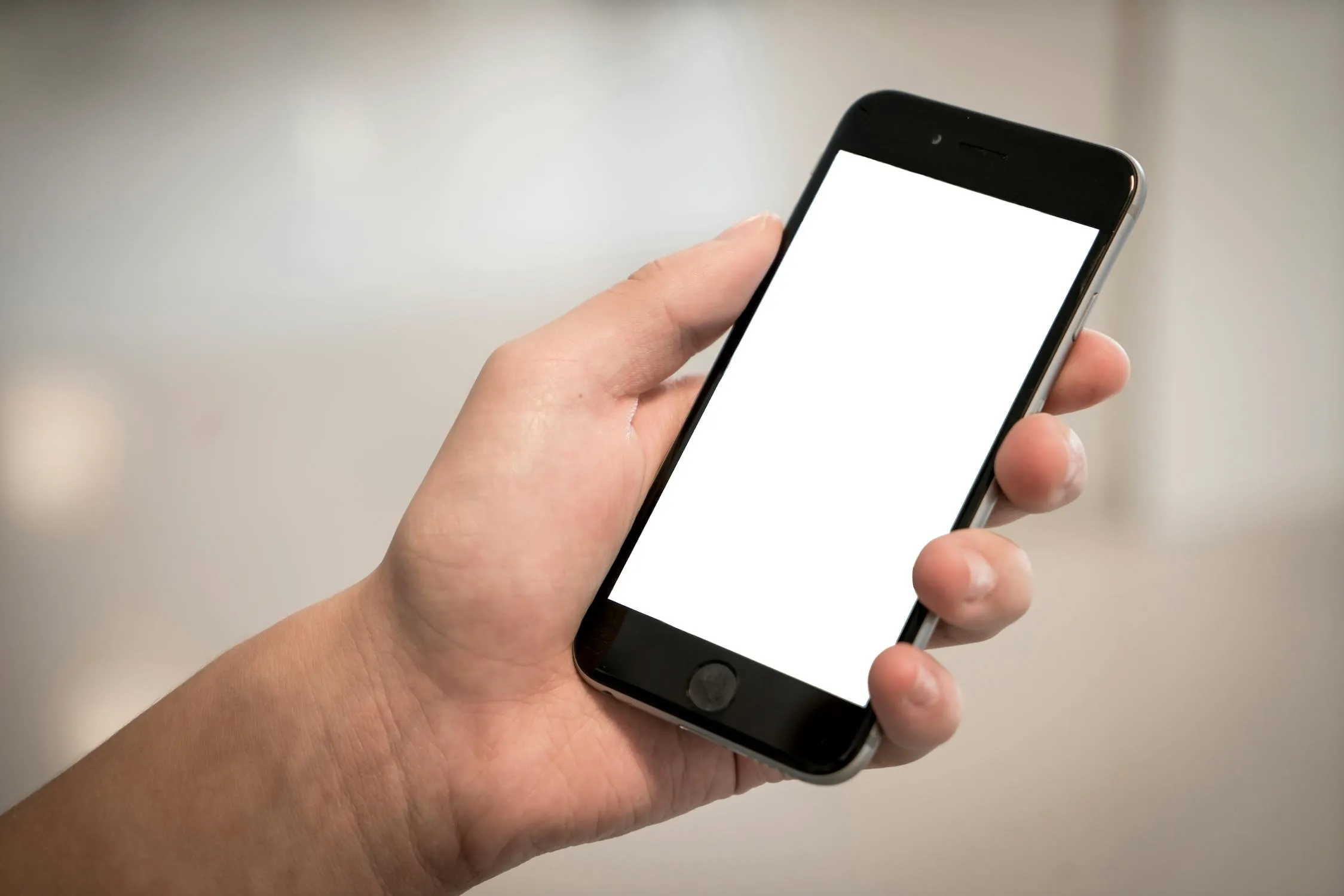 Terje Sollie on Pexels
Terje Sollie on Pexels
After every 20 minutes of screen time, look away for 20 seconds and focus on objects approximately 20 feet away. This will relax your eye muscles after prolonged screen time.
7. Have Digital Detox Days
 Marcus Aurelius on Pexels
Marcus Aurelius on Pexels
Assign one day every week or month to avoid using screens. This serves as a good break to clear minds and engage in activities that are beneficial to one’s health.
8. Set App Usage Goals
 Tofros.com on Pexels
Tofros.com on Pexels
Try to reduce the time you spend on specific applications or websites. Monitor your achievements and indulge yourself when you accomplish your targets.
9. Practice Mindful Screen Use
 Christina Morillo on Pexels
Christina Morillo on Pexels
Consider your emotional state before and after screen usage. Evaluate whether or not screen time is worth the day of just a distraction, and make adjustments when necessary.
10. Create an Evening Routine Without Screns
 Andrea Piacquadio on Pexels
Andrea Piacquadio on Pexels
Another suggestion is to turn off all visual display units at least one hour before sleeping. Doing so increases the quality of sleep and prepares the brain for rest without any struggles.
11. Turn Off Autoplay Features
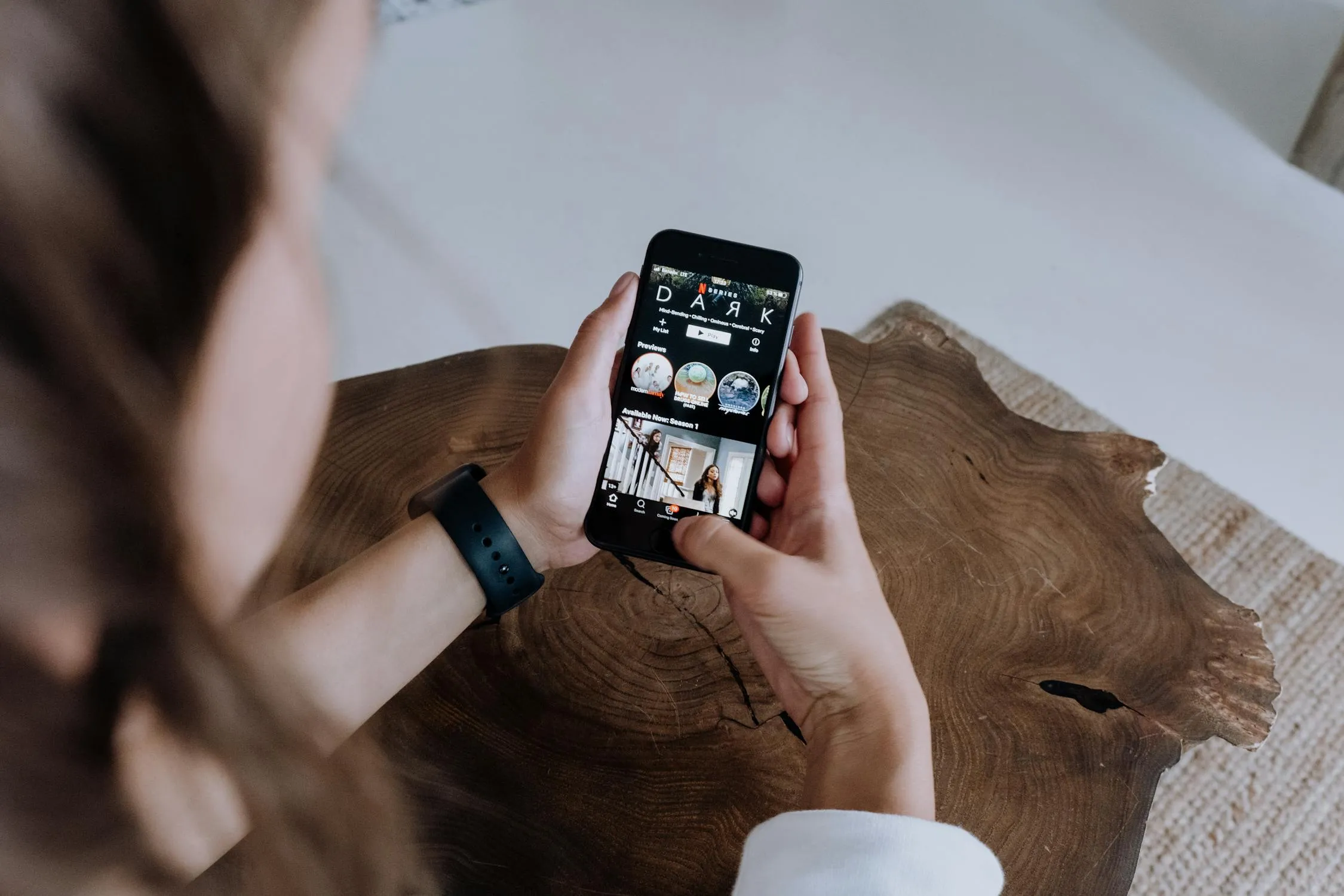 Cottonbro Studio on Pexels
Cottonbro Studio on Pexels
When watching videos, for instance, on a streaming service, avoid mindful binge-watching of content by switching off the autoplay feature. This way, you are responsible for what you watch and when.
12. Engage in Offline Hobbies
 Rahul Shah on Pexels
Rahul Shah on Pexels
Engage in screen-free activities such as reading for pleasure, sketching, or gardening. These activities can encourage creativity and relaxation without the use of gadgets.
13. Set Screen Time Curfews
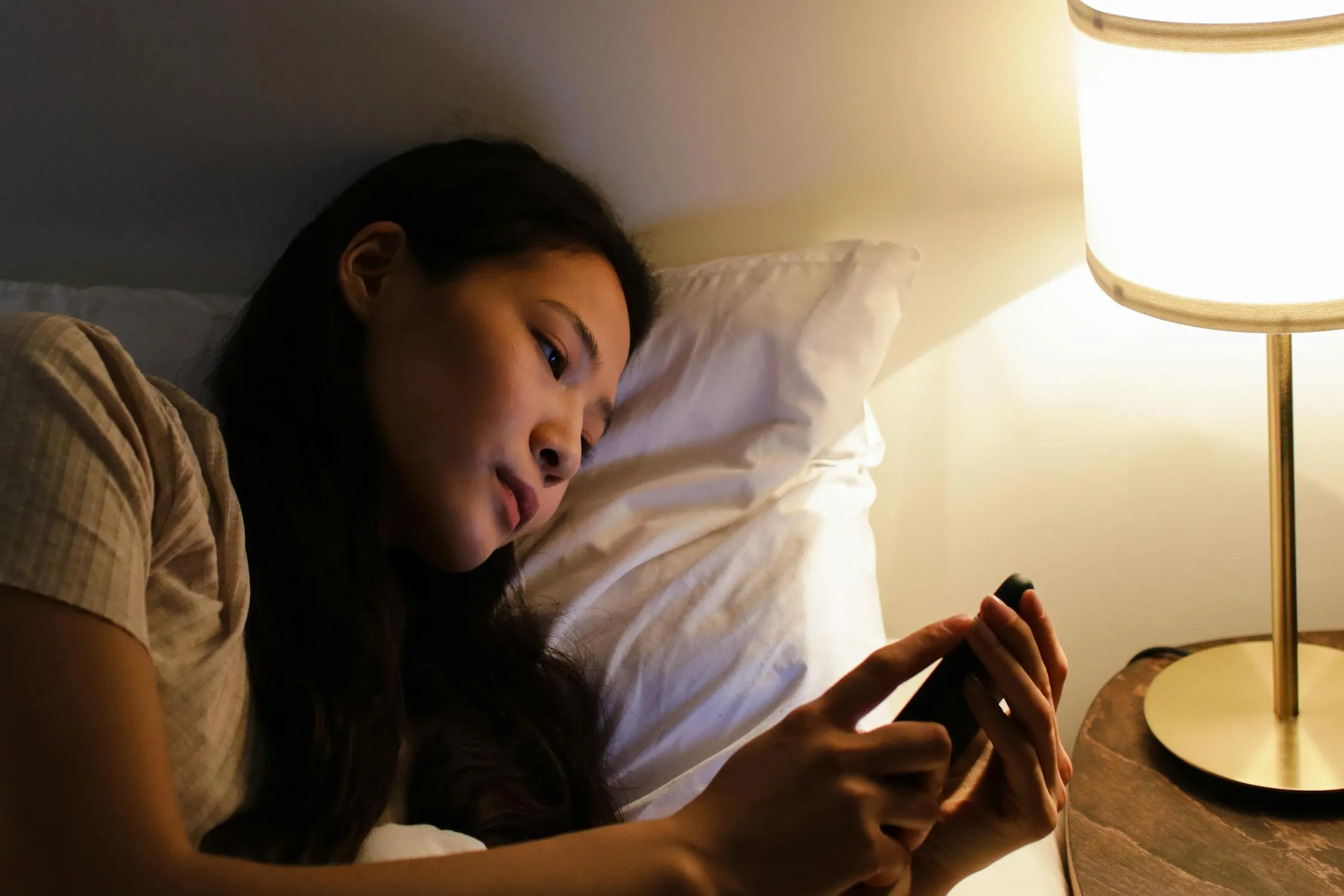 Ron Lach on Pexels
Ron Lach on Pexels
For instance, do not allow screen activity within an hour before sleeping. This effectively improves your sleep patterns and avoids the risk of screens keeping you engaged for extended hours.
14. Make Use of Screen Time Reminders
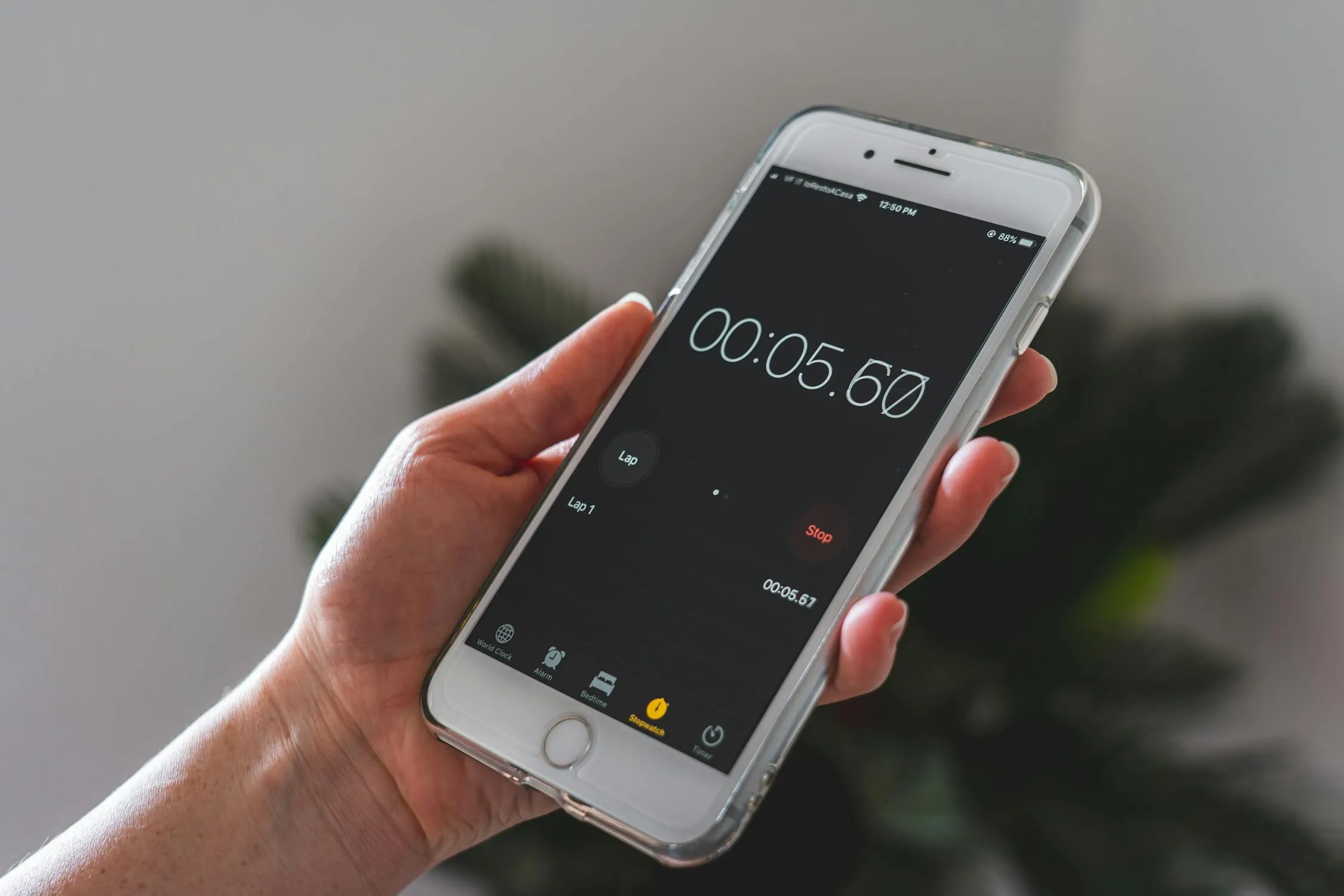 Castorly Stock on Pexels
Castorly Stock on Pexels
After some time, set a timer on your cell phone, tablet, or laptop to remind you to pause or stop using an application or a game.
15. Use Screen Time Tracking Apps
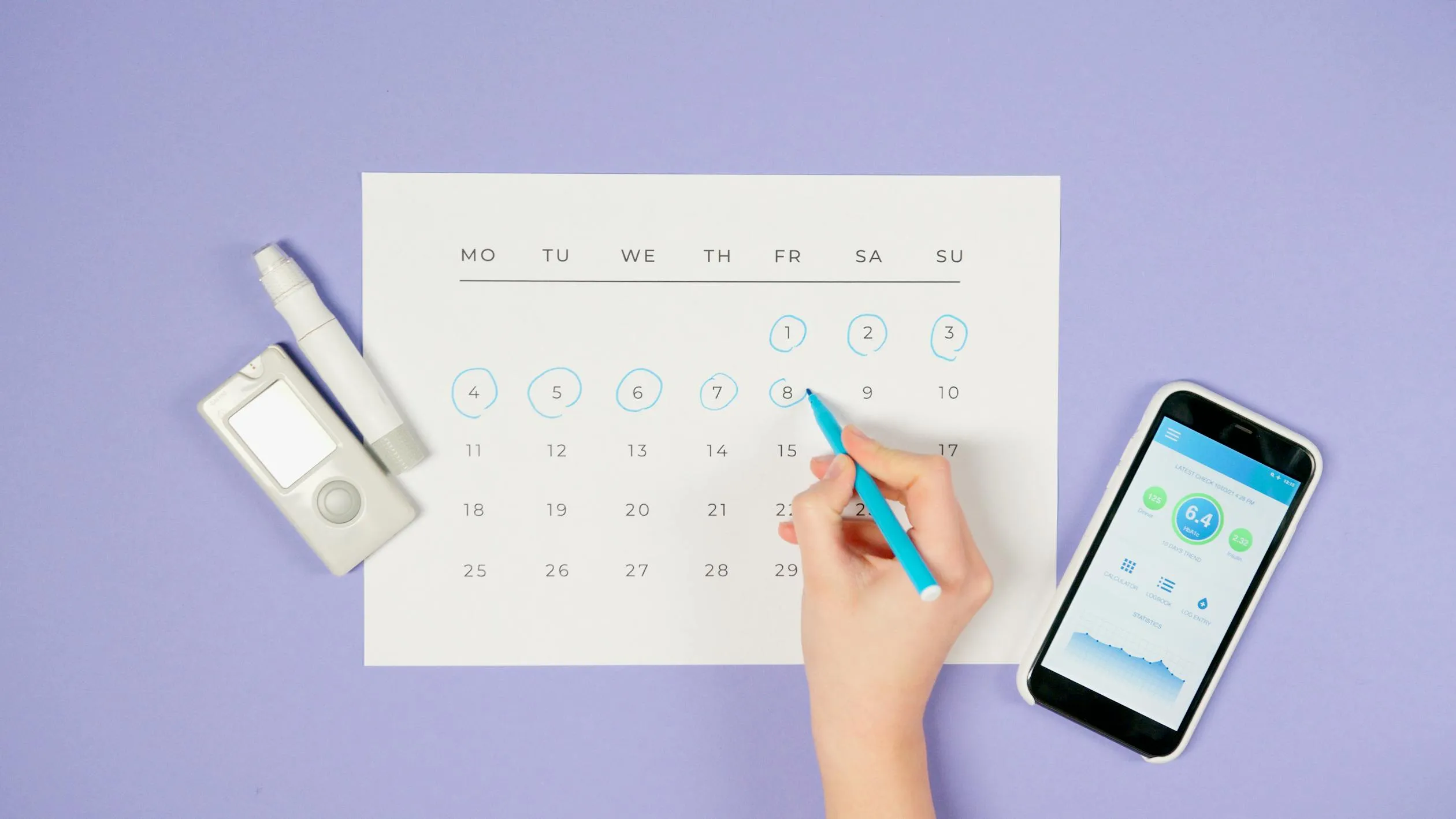 Artem Podrez on Pexels
Artem Podrez on Pexels
Track and restrict the amount of time you spend on various screens, and remember to use limiting services when necessary.
16. Adjust the Settings of the Device
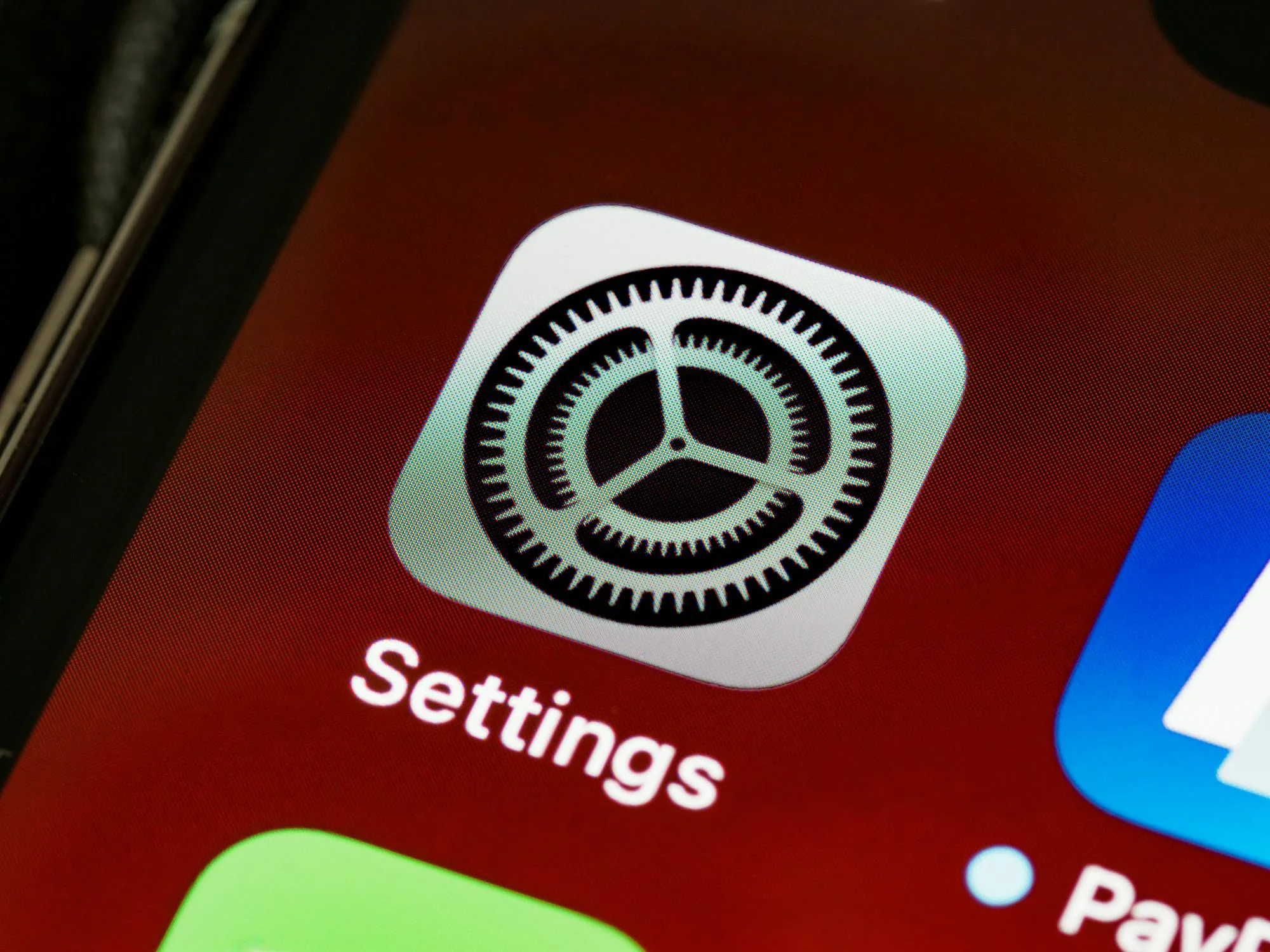 Brett Jordan on Pexels
Brett Jordan on Pexels
Alter the device’s settings to make it less appealing. For example, change the color mode to black and white or remove distractions so gadgets become less exciting and can be left alone easily.
17. Put on Blue Light Filter
 Iam Hogir on Pexels
Iam Hogir on Pexels
Blue light filters or night modes can be added to your devices to reduce eye strain. This will also improve sleep quality by reducing the effect of the screens used just before sleeping.
18. Incorporate Movement Into Your Screen Time
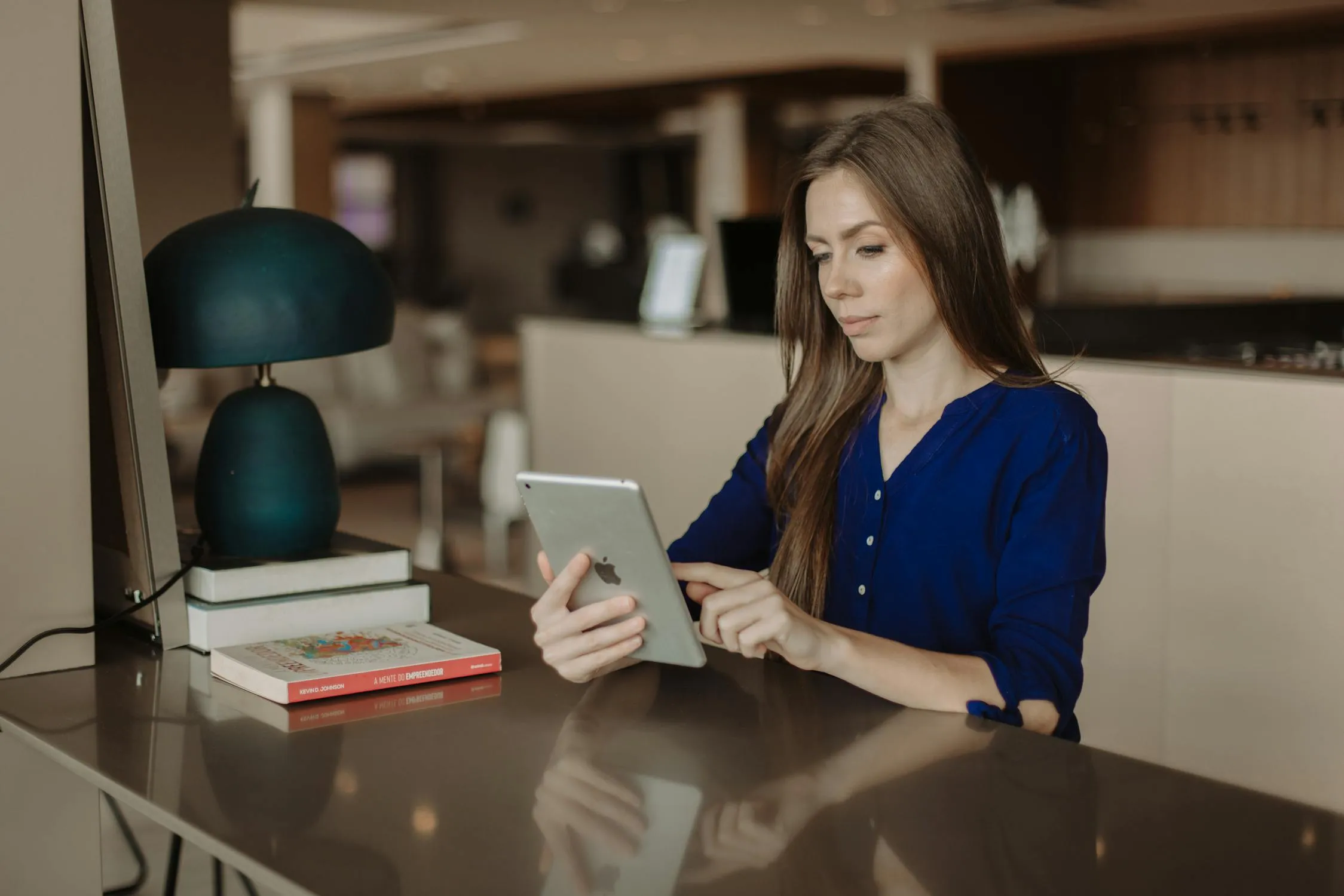 Fernanda da Silva Lopes on Pexels
Fernanda da Silva Lopes on Pexels
If you are required to look at the screen for a prolonged period, try working at a standing desk, walking on a slack line, or doing mild stretching exercises. These activities maintain physical activity even when technology is being used.
19. Be Mindful of Multitasking
 Prolific People Co on Pexels
Prolific People Co on Pexels
Avoid engaging in many screen-determined activities at the same time. Multitasking wastes and increases time spent on screens, so it is better to focus on one task at a time.
20. Replace Social Media With Socializing
 Anastasia Shuraeva on Pexels
Anastasia Shuraeva on Pexels
Instead of spending countless hours on social media, why not make some effort and go out to meet up with friends and family? This goes beyond the digital sphere and brings a deeper sense of satisfaction.